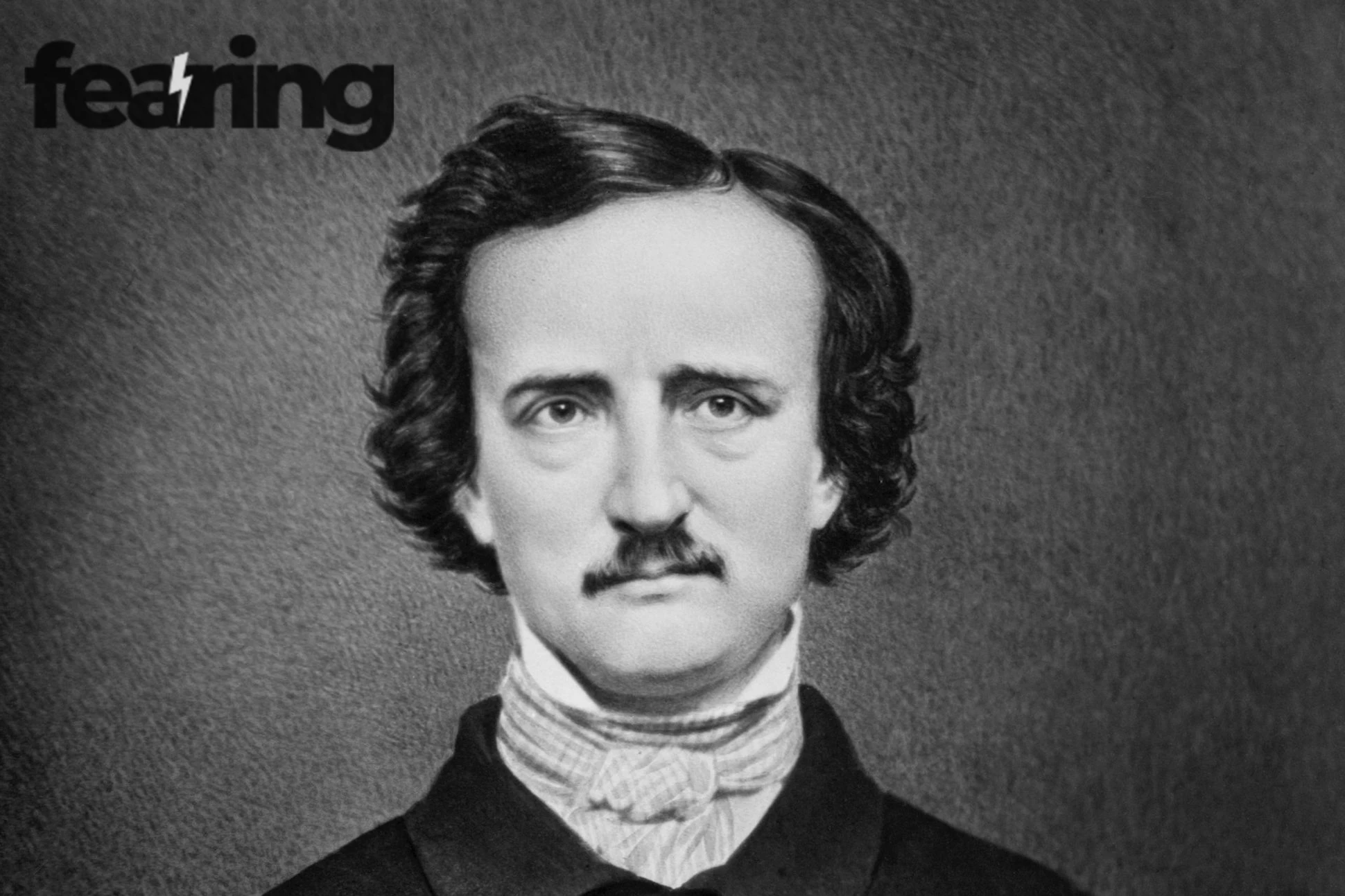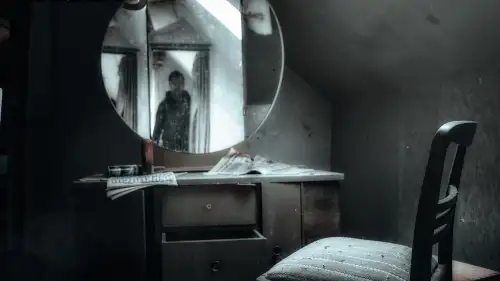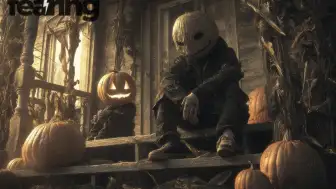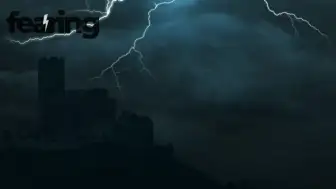Bram Stoker didn’t just write a vampire novel — he defined how the world imagines fear. His 1897 masterpiece Dracula remains one of the most influential works of horror literature, shaping everything from Gothic fiction to modern cinema. Yet behind the fangs and fog, Stoker’s own life was one of discipline, illness, and quiet rebellion.
“I am all in a sea of wonders,” wrote Stoker in Dracula, “I doubt; I fear; I think strange things which I dare not confess to my own soul.”
The Life Of Bram Stoker
| Key Detail | Information |
|---|---|
| Full Name | Abraham “Bram” Stoker |
| Born | November 8, 1847 – Dublin, Ireland |
| Died | April 20, 1912 – London, England |
| Occupation | Novelist, theater manager, critic |
| Famous Work | Dracula (1897) |
| Education | Trinity College Dublin |
| Themes | Disease, sexuality, superstition, morality |
| Influence | Vampire fiction, Gothic literature, modern horror cinema |
Early Life And Education
Born in Dublin, Bram Stoker spent the first seven years of his life bedridden due to a mysterious illness. He later claimed that this period of isolation gave him an “imagination built in silence.” Once recovered, he excelled at Trinity College, graduating with honors in mathematics and a fascination for philosophy and folklore.
While working as a civil servant, Stoker began writing reviews and short stories. His critique of actor Sir Henry Irving led to a lifelong friendship — and a job as Irving’s manager at London’s Lyceum Theatre. The dark grandeur of stagecraft would later influence his vivid, cinematic storytelling style.
The Birth Of Dracula
Stoker began researching vampire myths in the late 1880s, intrigued by Central European folklore and by medical anxieties of the Victorian age — blood disorders, contagious diseases, and moral corruption. His notes for Dracula included real maps, letters, and newspaper clippings. He structured the novel as a collage of diaries and telegrams, giving horror an almost documentary realism.
Inspiration Behind The Monster:
Transylvanian legends of Vlad the Impaler
Victorian fears of foreign invasion and moral decay
The scientific revolution challenging faith and superstition
Hidden desires suppressed by rigid social codes
Literary scholar Dr. Evelyn Chase notes, “Dracula turned Victorian repression into narrative — every bite was both sin and confession.”
Themes Of Fear And Desire
Dracula is not just a vampire tale; it’s a reflection of an era anxious about progress and purity. Beneath the Gothic horror lies social commentary:
Science vs. Superstition – Van Helsing’s rationalism battles myth.
Sexual Repression – Desire becomes infection; intimacy becomes curse.
Colonial Anxiety – The foreign “Other” infiltrates London’s purity.
Immortality vs. Morality – Eternal life as both temptation and punishment.
“The blood is the life!” — Dracula
The novel’s structure — a mosaic of journals, letters, and newspaper excerpts — inspired modern found-footage horror like The Blair Witch Project and Paranormal Activity.
The Victorian Fear Of The Unknown
Stoker’s London was a city of contradictions: moral restraint and secret indulgence. In that context, Dracula spoke to fears that civilization itself might be corruptible.
Contemporary critics saw it as scandalous. Some labeled it “decadent.” But within a decade, Dracula became a cult phenomenon, inspiring stage plays and, later, the 1931 film adaptation starring Bela Lugosi — the performance that immortalized the vampire’s elegance.
Later Life And Other Works
Though Dracula overshadowed everything he wrote, Stoker produced several novels and essays that expanded Gothic themes:
The Jewel of Seven Stars (1903) – Egyptian curses and reincarnation
The Lair of the White Worm (1911) – Mythological horror and degeneration
The Lady of the Shroud (1909) – Spiritualism meets adventure fiction
He also wrote biographies, including one on his friend Henry Irving, blending art, memory, and morality.
Health And Death
Stoker suffered several strokes in his final years, possibly linked to the syphilis epidemic of the era. He died in London in 1912, leaving behind both mystery and myth. After his death, his widow Florence Stoker fiercely defended his copyright and oversaw the earliest film adaptations of Dracula.
Legacy And Cultural Impact
No single novel has influenced modern horror as profoundly as Dracula. The vampire became a mirror for society’s fears — addiction, desire, contagion, immortality — evolving with each generation.
Modern writers like Anne Rice, Stephen King, and Guillermo del Toro cite Stoker as foundational. His use of multiple perspectives and letters prefigured today’s digital storytelling.
“Bram Stoker wrote the book that taught the modern world how to fear itself.” — Literary Review of London
Quick Facts For Readers
Dracula has never been out of print since 1897.
Stoker spent seven years researching Eastern European folklore before writing it.
Early drafts placed Dracula’s castle in Styria, Austria, not Transylvania.
The word “vampire” appears only a handful of times in the novel.
FAQ
Q1: Was Dracula based on a real person?
A1: Partially. Stoker drew loosely from Vlad III “The Impaler” of Wallachia, but the character is mostly symbolic.
Q2: Why is Dracula still relevant today?
A2: Because it speaks to universal fears — death, sexuality, and control — that never age.
Q3: What inspired Stoker’s dark imagination?
A3: His childhood illness, exposure to theatre, and fascination with folklore and science.
Q4: Did he write other horror works?
A4: Yes — The Jewel of Seven Stars and The Lair of the White Worm explore similar themes.
Q5: How did Stoker influence modern horror?
A5: He set the vampire archetype, blending psychology and social anxiety into myth.
Sources
The British Library – Bram Stoker and the Gothic Tradition
National Library of Ireland – Bram Stoker Archive
Literary Review of London – Bram Stoker Revisited
















